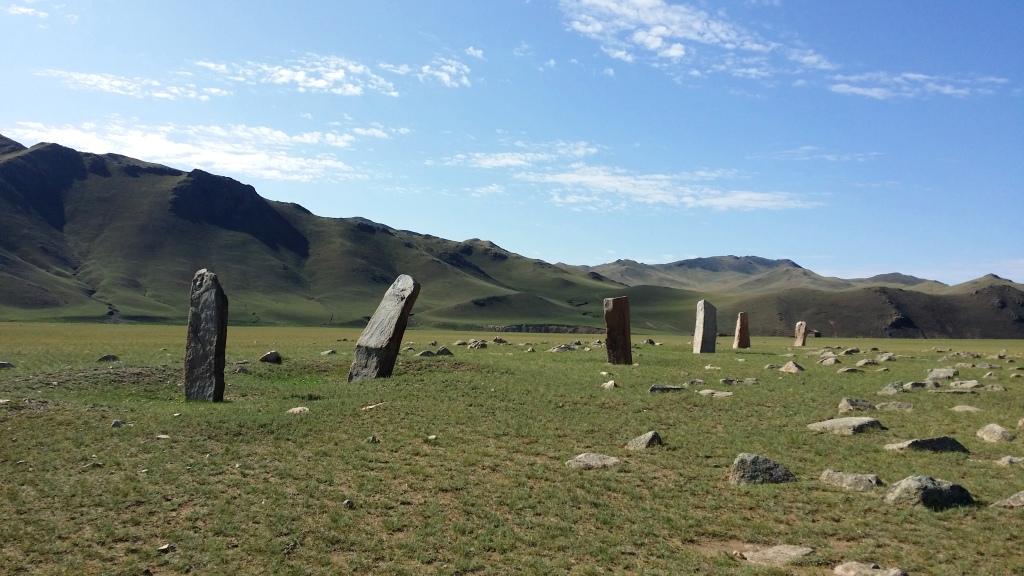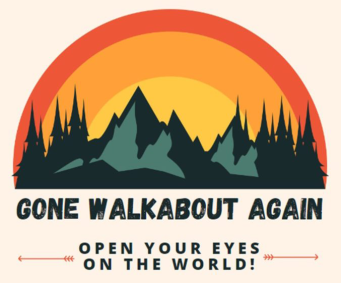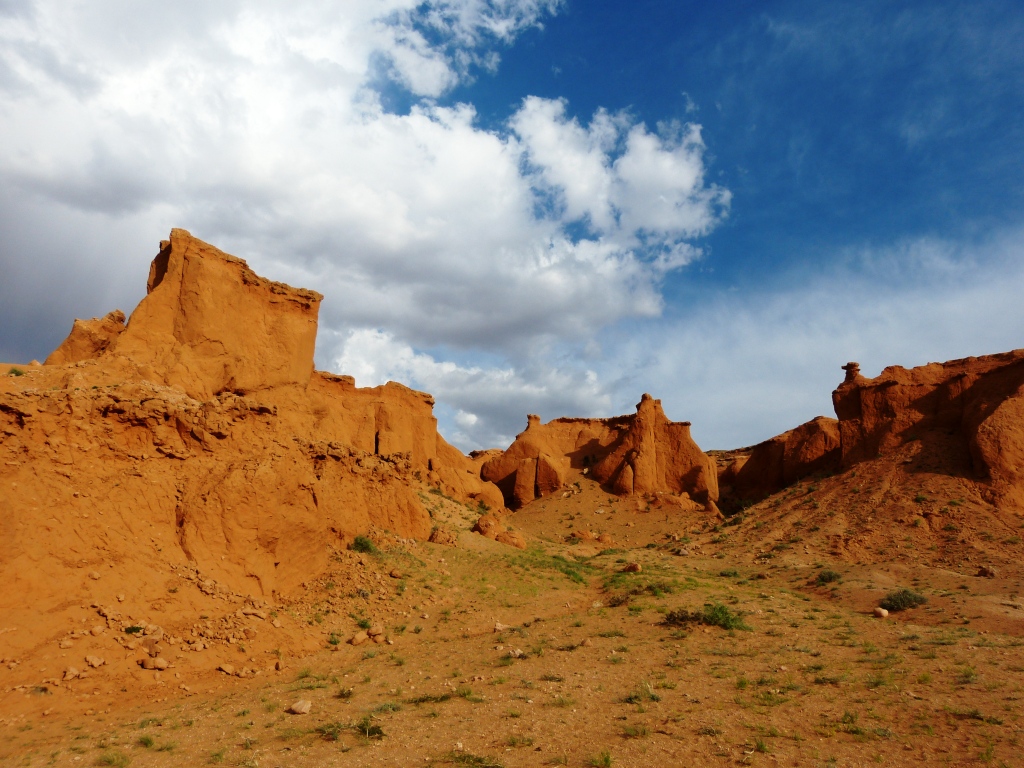
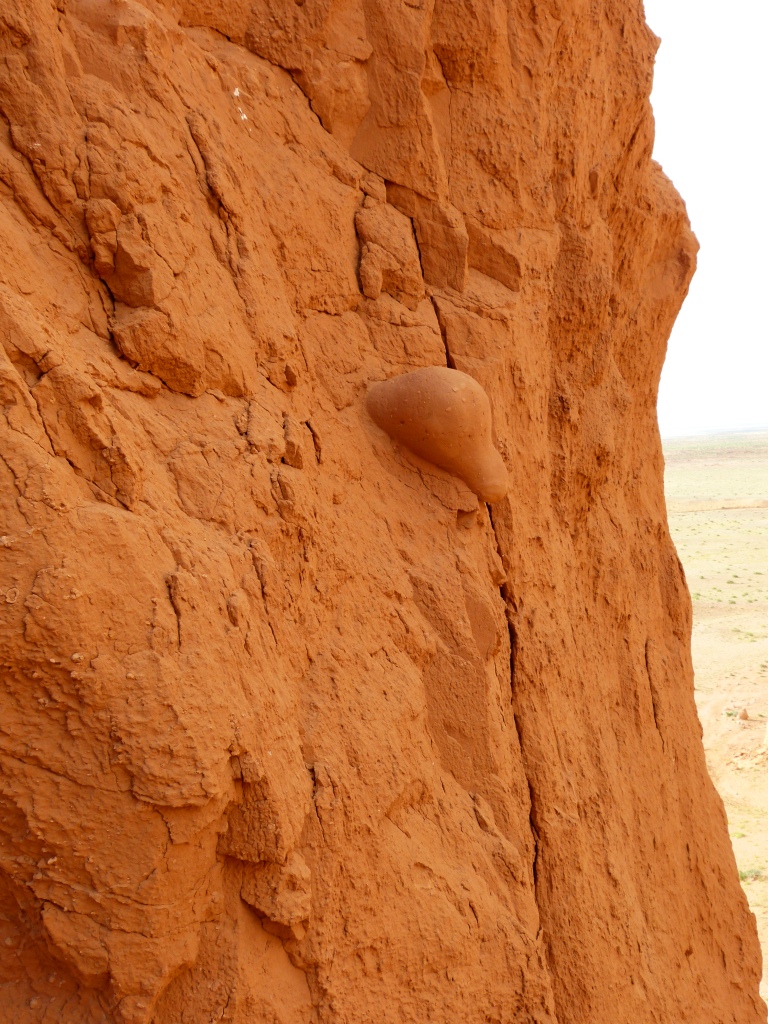
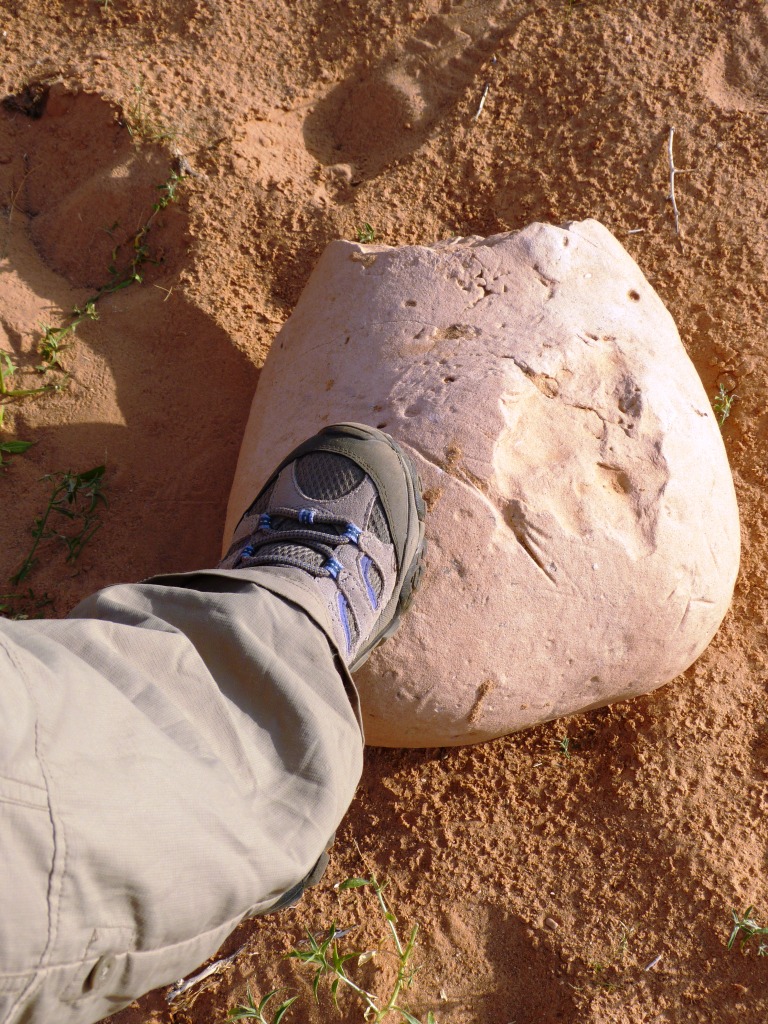
The Mongols have helped fill many chapters of the history books but this was another empire that crumbled back to dust. The Huns originated from the Mongolian steppe and spread to conquer large sections of Eastern Europe (under Atila the Hun). The empire of Genghis Khan in the 13th century encompassed most of Asia reaching to Europe, with the ‘Mughal’ influences in India leading to inspired design and architecture such as the Taj Mahal. The Mongols were well positioned to control the Silk Road trade route for close to one thousand years.
Modern history for Mongolia has seen them in a geopolitical stranglehold- landlocked between China and Russia. After wresting their independence from Chinese Manchurian control they spent most of the 20th century as a puppet Soviet state submitting to the Stalinist purges which saw much of their culture and Buddhist religion destroyed. And so to dust.
But while the last millennium of Mongolian history has little to show for it the truly ancient marks left upon this land have excited me most. Bayanzag sandstone cliffs in the Gobi Desert remain one of the most important dinosaur graveyards in the world. Complete skeletons and dinosaur eggs have been unearthed (and now belong to some of the greatest natural history museums in America & Europe!) But still only a fraction of the fossils have been removed and to explore these flame red canyons means to stub your toe on a protoceratops tibia or to spot dinosaur bones jutting at odd angles from the sandstone walls.
I then stood incredulous at the little souvenir stall on top of the cliffs where the local herders sell arrowheads that they find on the steppe that date back to the Bronze Ages. A three thousand year old relic can be bought for a mere $10.
On our journey through Northern Mongolia we stopped in a long valley marked by a line of mysterious tall rectangular boulders. Etched with deer antlers the stones are burial stelae from shamanist tribes who lived around four thousand years ago.
It has been curious for a land with so rich a legacy of recent history to have but fossils and Bronze Age relics to mark the passage of time.
